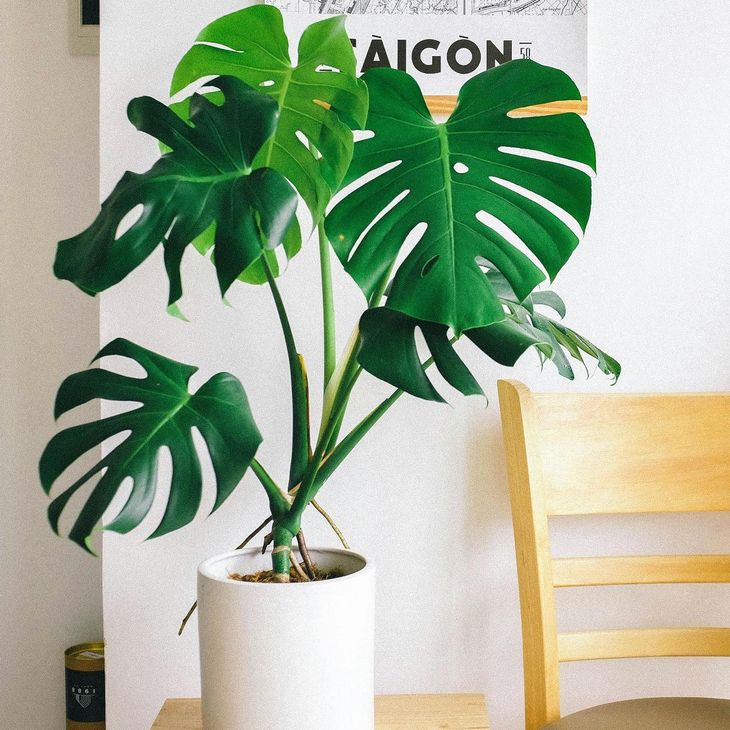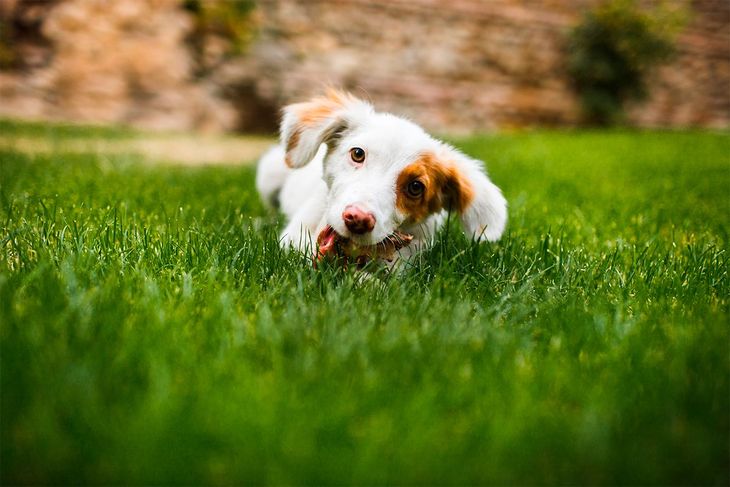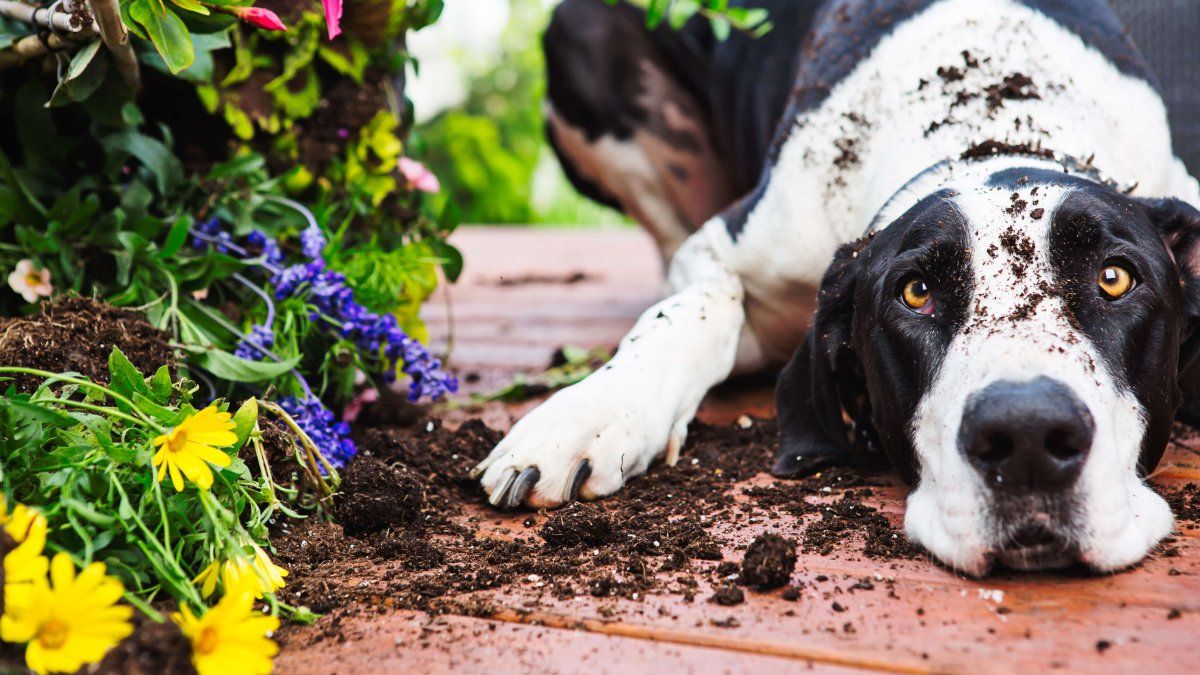The floors They provide beauty and freshness to the home, in addition to health benefits: they purify the air, decrease stress and generate a more pleasant environment. However, when there is pets At home, this decoration can become a risk, since dogs and catsout of curiosity or game, they usually bite leaves, bulbs or fruits that For them they are toxic.
Veterinarians warn that even common interior species and courtyards can cause from Mild irritations even serious problems in the Digestive and nervous system. Therefore, it is essential that animal owners identify which are the dangerous and take preventive measureskeeping them out of reach or replacing them with safe alternatives. Discover them!
Why are some plants dangerous for dogs and cats?
Some of the most common species in homes and courtyards contain chemical compounds that animals They cannot metabolizewhich makes them a Great danger.
Aloe Vera
Although it is highly valued for its medicinal properties in humans, it has a yellowish sap under its leaves that can cause vomiting, diarrhea and strong skin and mucous irritations of dogs and cats if they ingest or lick it.
Anturio
Known as Flamenco flowercontains calcium oxalate, a compound that inflames the membranes of the mouth, tongue and throat. This can cause pain, facial swelling And excessive salivation, even hindering food and breathing if the animal ingested too much.
Anturio
Gentileness “Architectural Digest”
Azaleas
They represent a higher risk: small amounts can generate vomiting, heart rate disorders, seizures and loss of muscle control. Its toxicity makes any accidental contact or ingestion Veterinary emergency.
Ornamental bulbs
The bulbs of tulipanes, narcissos or jacutesThey concentrate irritating substances underground, which makes them a trap for puppies and curious animals that usually bite or dig them. This action can lead to diarrhea and dermatitis, especially in younger animals.
Decorative plants
Those like him Croton wave Adam rib They contain latex and compounds that cause Vomitingoral irritation and face of the face when they are bitten or touched by pets.
Adam rib

Jasmine of Paraguay
It is especially dangerous for their fruits and seeds, since alkaloids and glycosides they contain can seriously affect the nervous system and digestive, generating tremorsseizures and even respiratory difficulties which can put the lives of our four -legged companions at risk.
The most common symptoms of petty poisoning
When a dog or cat comes into contact with a toxic plant, the effects can manifest quickly and varied. Generally, the first signs appear in the digestive system, with vomiting, diarrhea, abdominal pain and loss of appetite.
Irritation can also affect the fur and the mucous membranescausing Excessive salivationswelling of the tongue or face, and contact dermatitis that generates discomfort. In turn, many plants affect the nervous system of animals, producing tremors, seizures and loss of coordinationwhich translates into falls, stumbling blocks and difficulty moving.
Pets-Cesped-Comen.jpg

In more serious cases, the ingestion of certain species can impact breathing, causing problems when inhaling, and lead to death if it does not act immediately.
Therefore, specialists warn that before any unusual symptom, you urgently come to veterinarian. In addition, carry one Sample of the plant ingested or photographing it can be of great help to determine the most appropriate treatment.
Source: Ambito
I am an author and journalist who has worked in the entertainment industry for over a decade. I currently work as a news editor at a major news website, and my focus is on covering the latest trends in entertainment. I also write occasional pieces for other outlets, and have authored two books about the entertainment industry.




